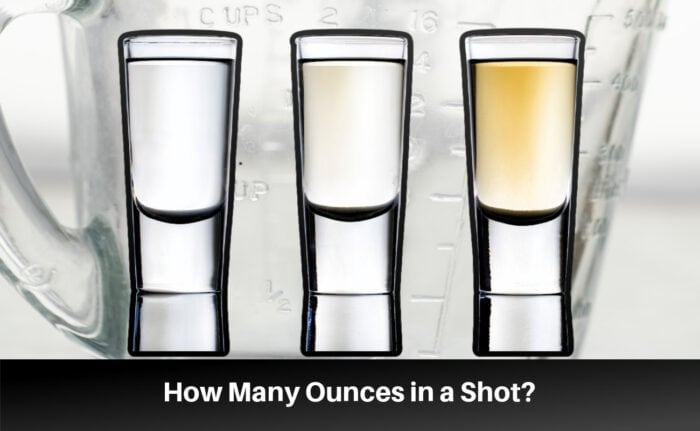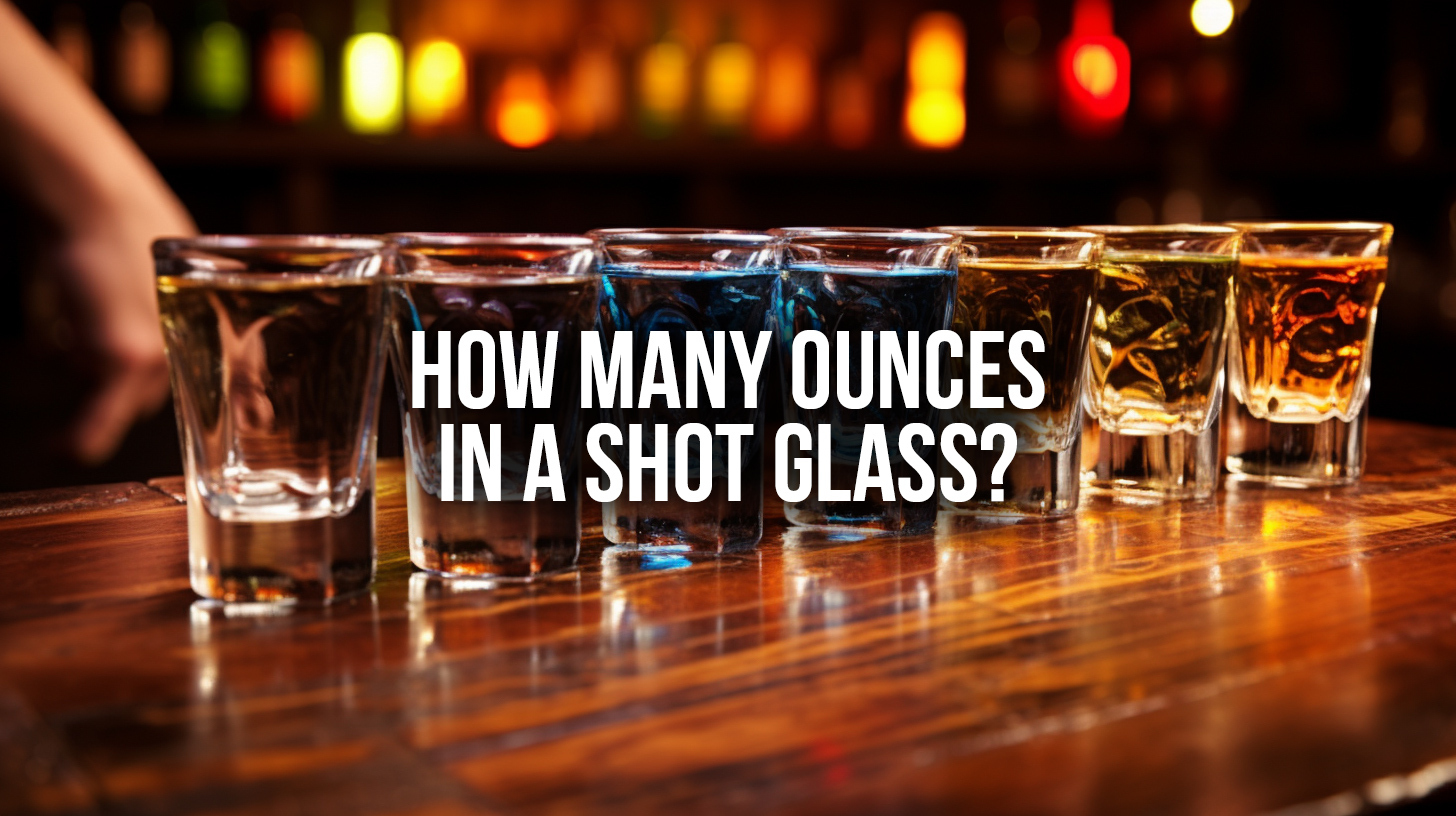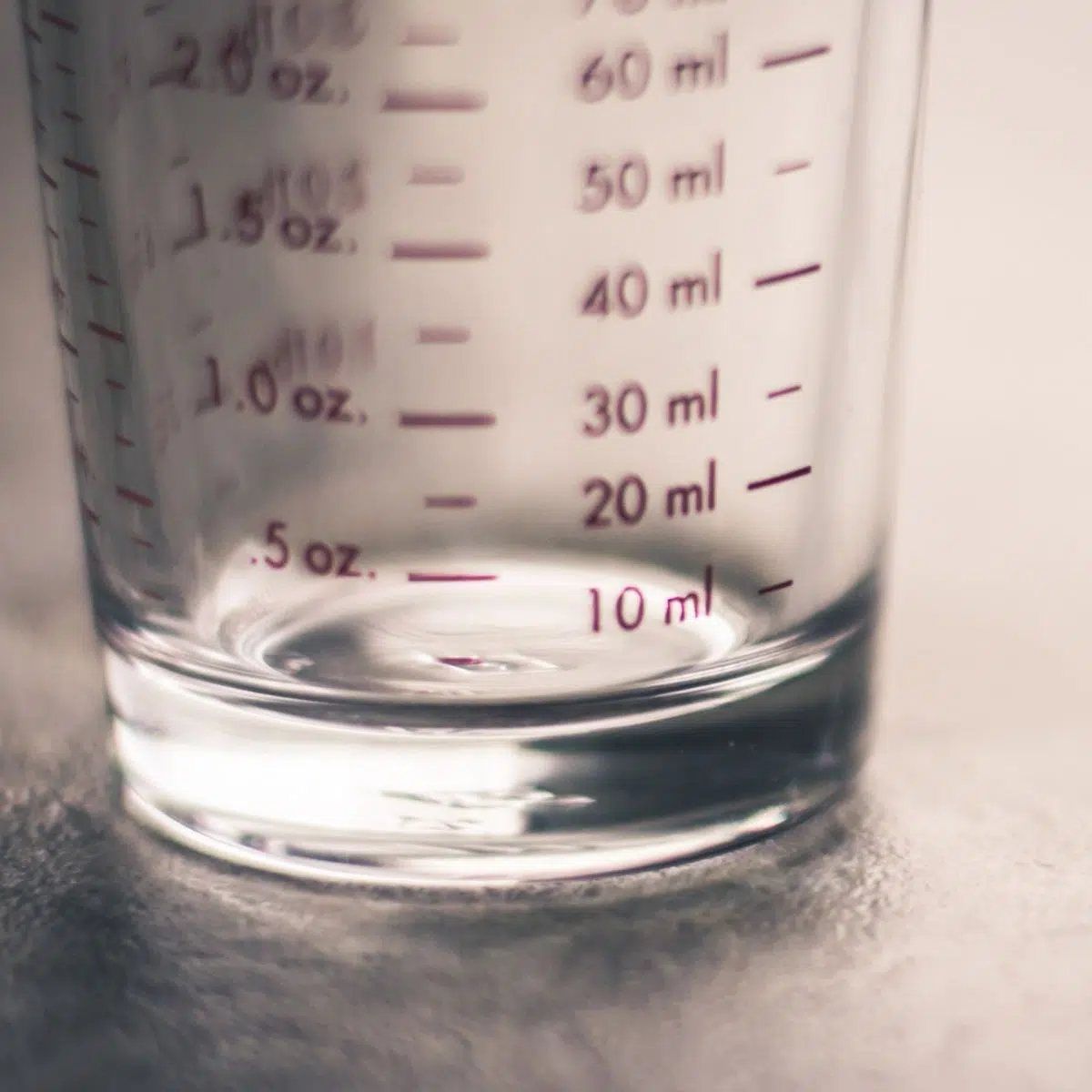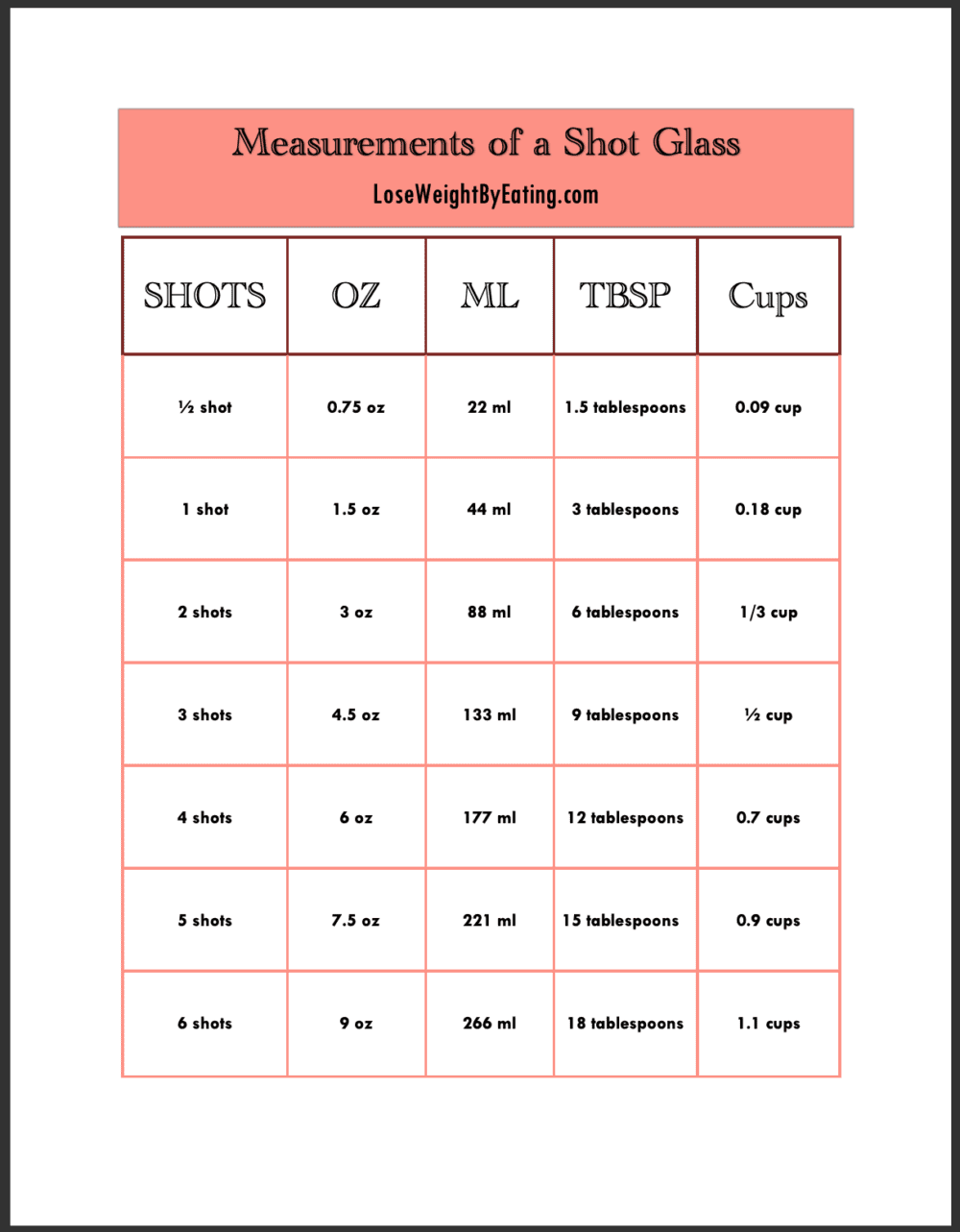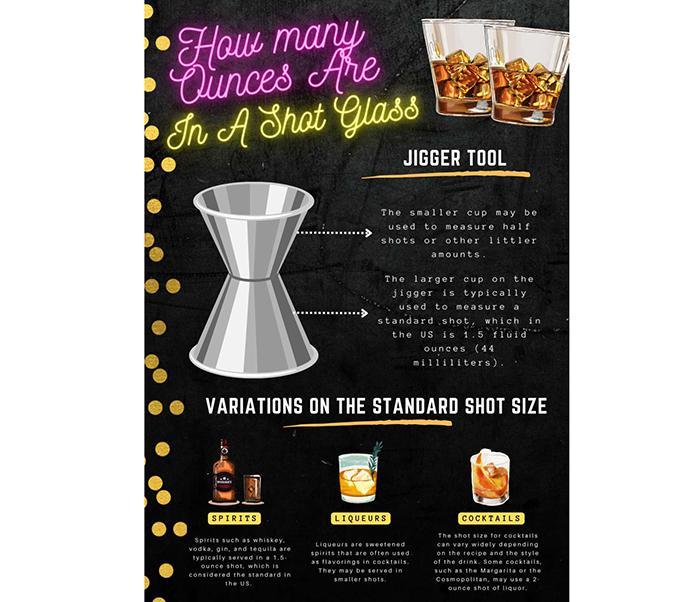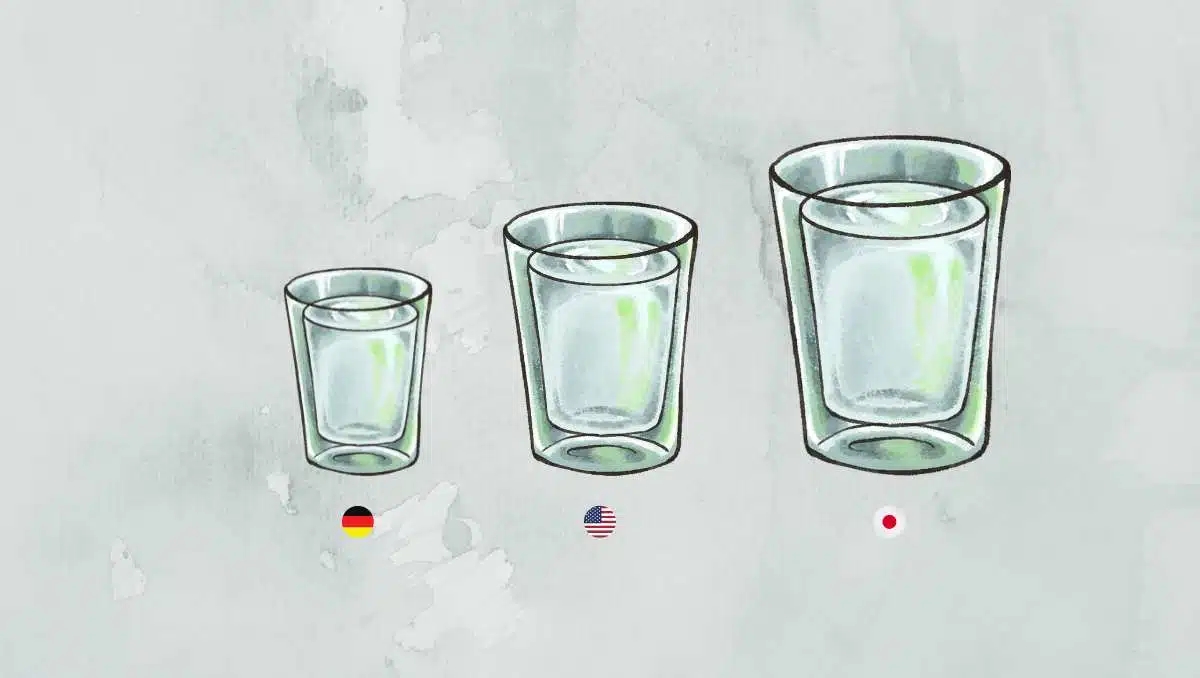How Many Fl Oz Are In A Shot

The clinking of glasses, the murmur of conversations, the soft glow of bar lights – these are the familiar sounds and sights of a Friday night. But amidst the revelry, a question often lingers, sometimes whispered, sometimes shouted: "Exactly how much am I drinking?" At the heart of this question lies the humble shot, a unit of measure both ubiquitous and surprisingly ambiguous.
This article dives into the seemingly simple, yet surprisingly complex, world of the "shot" to definitively answer: How many fluid ounces are in a shot? We'll explore the standard measurements, the variations you might encounter, and the historical roots of this liquid unit, offering clarity amidst the cocktail chaos.
The Standard Shot: 1.5 Fluid Ounces
The generally accepted standard for a single shot in the United States is 1.5 fluid ounces (approximately 44 milliliters). This is the amount most bartenders use when making cocktails or serving a straight liquor pour.
This standard is also recognized by many state liquor control boards, impacting regulations for alcohol sales and service.
Understanding the Terminology
It’s crucial to distinguish between a "shot" and other similar terms. A "jigger," for instance, is a bartending tool typically measuring around 1.5 to 2 ounces, depending on the specific jigger.
A "pony shot" is a smaller measure, often around 1 fluid ounce. Knowing these terms helps navigate drink menus and understand what you're ordering.
The History of the Shot Glass
The history of the shot glass is as hazy as a poorly mixed cocktail. Some believe it evolved from small glasses used to offer a "shooter" of gunpowder and whiskey to miners, a dangerous but perhaps effective combination.
Another theory suggests they originated as remnants of broken glasses, repurposed for smaller servings. Whatever its true origin, the shot glass became a symbol of quick, potent drinks.
Regional Variations and Legal Considerations
While 1.5 fluid ounces is the standard in the US, it's important to acknowledge that variations exist, particularly outside of regulated environments.
In some regions, a "shot" might be closer to 1 ounce, or even a generous 2 ounces. Always clarify when ordering, especially when traveling.
Furthermore, many states regulate the size of shots served in licensed establishments. These regulations are implemented to control alcohol consumption and prevent over-service.
The Role of the Bartender
The bartender plays a crucial role in maintaining consistency. Experienced bartenders often develop an intuitive sense for pouring accurate shots, even without measuring tools.
However, relying solely on intuition can lead to inconsistencies, especially in busy environments. Using a jigger or measured pour spout ensures accuracy and helps control inventory.
Why Accuracy Matters
Accurate measurements are vital for several reasons. First, it ensures consistency in cocktails. A properly balanced cocktail relies on precise ratios of ingredients.
Secondly, it promotes responsible drinking. Knowing the exact amount of alcohol consumed helps individuals make informed decisions about their limits.
Finally, accurate measurements are crucial for business owners. Consistent pouring ensures proper inventory control and maximizes profitability.
The Debate: To Measure or Not to Measure?
There's an ongoing debate within the bartending community about the necessity of always measuring. Some argue that free-pouring is a skill to be mastered, allowing for speed and efficiency.
Others maintain that accuracy is paramount, especially in high-volume environments where consistency is key. Ultimately, the best approach depends on the specific establishment and the bartender's skillset.
Beyond the Shot: Context Matters
It's easy to get caught up in the precise measurement of a shot, but it's important to remember the larger context. The strength of the liquor, the other ingredients in a cocktail, and the individual's tolerance all play a significant role in the overall effect.
A 1.5-ounce shot of 80-proof vodka will have a different impact than a 1.5-ounce shot of a 150-proof rum. Drink responsibly and be mindful of your limits.
The Modern Shot Glass
Shot glasses have evolved beyond simple, utilitarian vessels. Today, they come in a wide array of shapes, sizes, and materials.
From elegant crystal shot glasses to novelty ceramic ones, there’s a shot glass to suit every taste and occasion. However, it's essential to note that not all shot glasses are created equal in terms of capacity. Many novelty glasses deviate from the standard 1.5-ounce measure.
Tools for Accurate Measurement
For home bartenders and those seeking precision, several tools can help ensure accurate shot measurements. Jiggers, as mentioned earlier, are a classic option, offering standardized measurements in a convenient format.
Pour spouts, designed to release a specific amount of liquid with each pour, are another reliable choice. Measuring spoons and cups can also be used, although they may be less convenient for frequent use.
Debunking Shot Myths
Many myths surround the world of shots. One common misconception is that all liquors are created equal in terms of alcohol content. This is false; different spirits have varying alcohol percentages.
Another myth is that taking shots is always the fastest way to get drunk. While it's true that shots deliver a concentrated dose of alcohol, pacing yourself and consuming food alongside your drinks are more important factors in regulating intoxication.
The Future of Shot Measurements
As the cocktail culture continues to evolve, the definition of a "shot" may also change. With the rise of craft cocktails and elaborate drink presentations, some bartenders are experimenting with non-traditional shot sizes and unique serving vessels.
Regardless of these trends, the principles of accurate measurement and responsible drinking will remain essential.
Conclusion: A Shot of Clarity
While the world of cocktails can sometimes feel mysterious, understanding the basics of shot measurement provides a solid foundation for responsible and enjoyable drinking. The standard 1.5 fluid ounces serves as a benchmark, but awareness of regional variations, liquor strength, and individual tolerance is equally important.
So, the next time you raise a glass, do so with a little more knowledge and a greater appreciation for the simple, yet significant, "shot." Remember to drink responsibly and savor the moment.


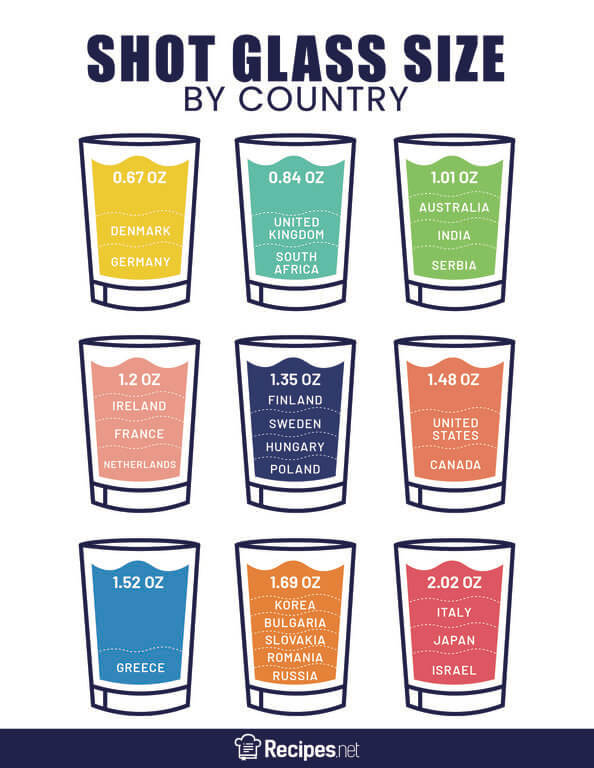
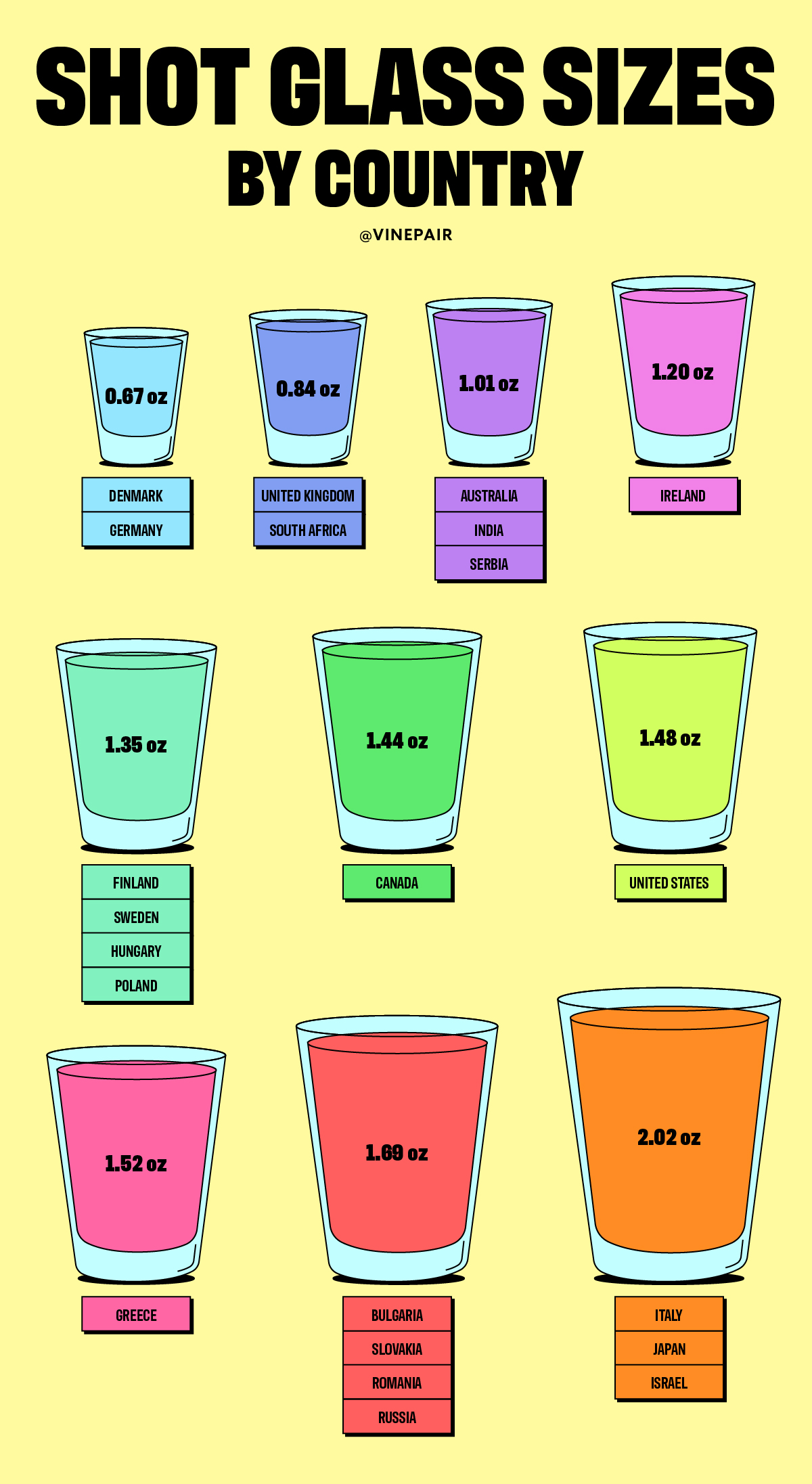

![How Many Fl Oz Are In A Shot [Infographic] How Many Ounces In A Shot Glass? – Advanced Mixology](https://cdn.shopify.com/s/files/1/1216/2612/files/How_Many_Ounces_In_A_Shot.jpg?v=1653653743)
